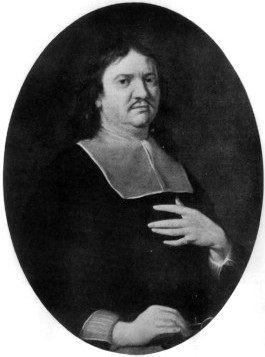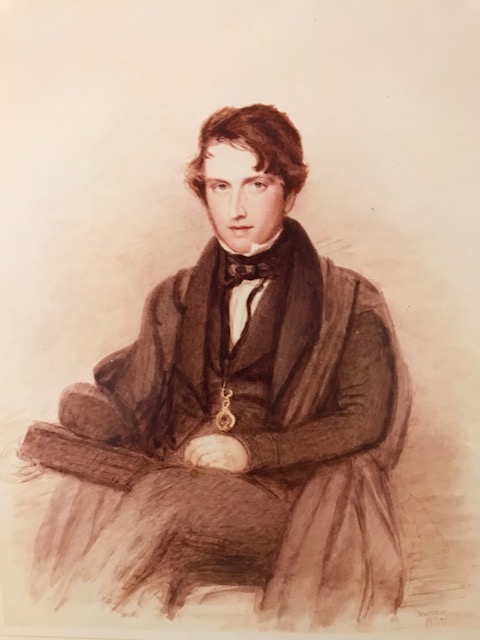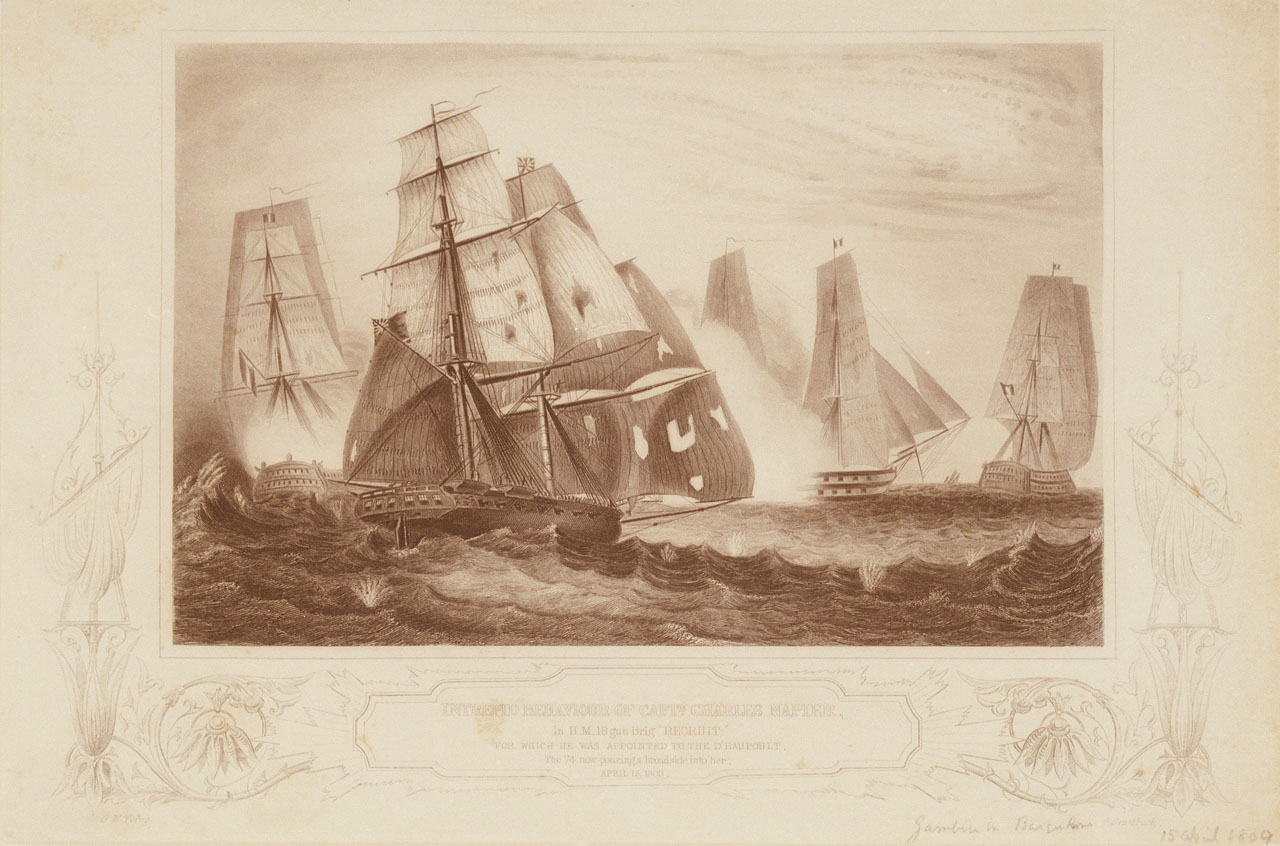|
Frederick John Owen Evans
Sir Frederick John Owen Evans (9 March 1815 – 20 December 1885), was an officer of the Royal Navy. He became a distinguished hydrographer during his career and served as Hydrographer of the Navy. Biography Evans, son of John Evans, a master in the Royal Navy, was born on 9 March 1815. He entered the navy as a second-class volunteer in 1828. After serving in and he was transferred in 1833 to , under Captain Richard Owen, and spent three years in surveying the coasts of Central America, the Demerara River, and the Bahama Banks. Evans subsequently served in the Mediterranean on board , the flagship of the Mediterranean Fleet, and then on , , , , and , passing through the different ranks of the 'master's' line, the officers then charged with the duties of navigation. In 1841 Evans was appointed master of , and for the next five years he was employed in surveying the Coral Sea, the Great Barrier Reef of Australia, and Torres Straits. Joseph Jukes, the geologist, was on boar ... [...More Info...] [...Related Items...] OR: [Wikipedia] [Google] [Baidu] |
Southsea
Southsea is a seaside resort and a geographic area of Portsmouth, Portsea Island in England. Southsea is located 1.8 miles (2.8 km) to the south of Portsmouth's inner city-centre. Southsea is not a separate town as all of Portsea Island's settlements (including Southsea) were incorporated into the boundaries of Portsmouth in 1904. Southsea began as a fashionable 19th-century Victorian seaside resort named ''Croxton Town'', after a Mr Croxton who owned the land. As the resort grew, it adopted the name of nearby Southsea Castle, a seafront fort constructed in 1544 to help defend the Solent and approaches to Portsmouth Harbour. In 1879, South Parade Pier was opened by Princess Edward of Saxe-Weimar in Southsea. The pier began operating a passenger steamer service across the Solent to the Isle of Wight. This service gave rise to the idea of linking Southsea and its pier to Portsmouth's railway line, and for tourists to bypass the busy town of Portsmouth and its crowded har ... [...More Info...] [...Related Items...] OR: [Wikipedia] [Google] [Baidu] |
Joseph Jukes
Joseph Beete Jukes (10 October 1811 – 29 July 1869), born to John and Sophia Jukes at Summer Hill, Birmingham, England, was a renowned geologist, author of several geological manuals and served as a naturalist on the expeditions of (under the command of Francis Price Blackwood). Correspondents and friends addressed him as Beete Jukes. Early life Jukes was born at Summer Hill, near Birmingham, on 10 October 1811. He was educated at Wolverhampton, King Edward's School, Birmingham and St John's College, Cambridge. At Cambridge Jukes studied geology under Professor Adam Sedgwick. Between 1839 and 1840, Jukes geologically surveyed Newfoundland. A book he wrote, ''Excursions In and About Newfoundland During the Years 1839 and 1840'', bore the fruit of what he had discovered and learned while he surveyed. He returned to England at the end of 1840, and in 1842 sailed as a naturalist on board the corvette HMS ''Fly'' to participate in the surveying and charting expeditions to surv ... [...More Info...] [...Related Items...] OR: [Wikipedia] [Google] [Baidu] |
George Henry Richards
Sir George Henry Richards (13 January 1820 –14 November 1896) was Hydrographer of the Royal Navy from 1863 to 1874. Biography Richards was born in Antony, Cornwall, the son of Captain G. S. Richards, and joined the Royal Navy in 1832. His eldest son, George Edward Richards also became a Royal Navy officer and hydrographic surveyor. Naval career He served in South America, the Falkland Islands, New Zealand, Australia and in the First Opium War in China. Promoted to captain in 1854, from 1857 to 1864 he was in command of the two survey ships: and . Survey work in Canada He was the second British commissioner to the San Juan Islands Boundary Commission and a hydrographer on the coast of British Columbia in 1857–1862. He is responsible for the selection and designation of dozens of placenames along the British Columbia coast. In the Vancouver area, for example, he named False Creek. In 1859, after his engineer Francis Brockton found a vein of coal, he named Bro ... [...More Info...] [...Related Items...] OR: [Wikipedia] [Google] [Baidu] |
Fellow Of The Royal Society
Fellowship of the Royal Society (FRS, ForMemRS and HonFRS) is an award granted by the judges of the Royal Society of London to individuals who have made a "substantial contribution to the improvement of natural knowledge, including mathematics, engineering science, and medical science". Fellowship of the Society, the oldest known scientific academy in continuous existence, is a significant honour. It has been awarded to many eminent scientists throughout history, including Isaac Newton (1672), Michael Faraday (1824), Charles Darwin (1839), Ernest Rutherford (1903), Srinivasa Ramanujan (1918), Albert Einstein (1921), Paul Dirac (1930), Winston Churchill (1941), Subrahmanyan Chandrasekhar (1944), Dorothy Hodgkin (1947), Alan Turing (1951), Lise Meitner (1955) and Francis Crick (1959). More recently, fellowship has been awarded to Stephen Hawking (1974), David Attenborough (1983), Tim Hunt (1991), Elizabeth Blackburn (1992), Tim Berners-Lee (2001), Venki Ramakrishnan ( ... [...More Info...] [...Related Items...] OR: [Wikipedia] [Google] [Baidu] |
Philosophical Transactions Of The Royal Society
''Philosophical Transactions of the Royal Society'' is a scientific journal published by the Royal Society. In its earliest days, it was a private venture of the Royal Society's secretary. It was established in 1665, making it the first journal in the world exclusively devoted to science, and therefore also the world's longest-running scientific journal. It became an official society publication in 1752. The use of the word ''philosophical'' in the title refers to natural philosophy, which was the equivalent of what would now be generally called ''science''. Current publication In 1887 the journal expanded and divided into two separate publications, one serving the physical sciences ('' Philosophical Transactions of the Royal Society A: Mathematical, Physical and Engineering Sciences'') and the other focusing on the life sciences ('' Philosophical Transactions of the Royal Society B: Biological Sciences''). Both journals now publish themed issues and issues resulting from pa ... [...More Info...] [...Related Items...] OR: [Wikipedia] [Google] [Baidu] |
Archibald Smith
Archibald Smith of Jordanhill (10 August 1813, in Greenhead, North Lanarkshire – 26 December 1872, in London) was a Scots-born barrister and amateur mathematician. Early life and education He was the only son of James Smith FRSE (1782-1867), a wealthy merchant and antiquary and owner of the Jordanhill estate in Glasgow,George Stewart'Archibald Smith' in ''Curiosities of Glasgow Citizenship'', 1881, p. 238 and his wife Mary Wilson, granddaughter of Alexander Wilson, professor of astronomy in Glasgow University (and brother of Patrick Wilson). He was educated at the Redland School near Bristol from 1826 to 1828. Archibald studied law at Glasgow University from 1828, and then at Trinity College, Cambridge, where he was Senior Wrangler, said to be the first Scot to achieve this position, and first Smith's prizeman in 1836, elected a fellow of Trinity College. He was one of the founders of the ''Cambridge Mathematical Journal''. He graduated BA in 1836 and MA in 1839. ... [...More Info...] [...Related Items...] OR: [Wikipedia] [Google] [Baidu] |
Ironclad Warship
An ironclad is a steam engine, steam-propelled warship protected by Wrought iron, iron or steel iron armor, armor plates, constructed from 1859 to the early 1890s. The ironclad was developed as a result of the vulnerability of wooden warships to explosive or incendiary shell (projectile), shells. The first ironclad battleship, , was launched by the French Navy in November 1859 - narrowly pre-empting the British Royal Navy. They were first used in warfare in 1862 during the American Civil War, when ironclads operated against wooden ships and, in a historic confrontation, against each other at the Battle of Hampton Roads in Virginia. Their performance demonstrated that the ironclad had replaced the unarmored ship of the line as the most powerful warship afloat. City-class ironclad, Ironclad gunboats became very successful in the American Civil War. Ironclads were designed for several uses, including as high seas battleships, long-range cruisers, and Littoral (military), coast ... [...More Info...] [...Related Items...] OR: [Wikipedia] [Google] [Baidu] |
Åland
Åland ( fi, Ahvenanmaa: ; ; ) is an Federacy, autonomous and Demilitarized zone, demilitarised region of Finland since 1920 by a decision of the League of Nations. It is the smallest region of Finland by area and population, with a size of 1,580 km2, and a population of 30,129, constituting 0.51% of its land area and 0.54% of its population. Its only official language is Swedish language, Swedish and the capital city is Mariehamn. Åland is situated in an archipelago, called the Åland Islands, at the entrance to the Gulf of Bothnia in the Baltic Sea belonging to Finland. It comprises Fasta Åland on which 90% of the population resides and about 6,500 Skerry, skerries and islands to its east. Of Åland's thousands of islands, about 60–80 are inhabited. Fasta Åland is separated from the coast of Roslagen in Sweden by of open water to the west. In the east, the Åland archipelago is Geographic contiguity, contiguous with the Archipelago Sea, Finnish archipelago. Åland ... [...More Info...] [...Related Items...] OR: [Wikipedia] [Google] [Baidu] |
Charles Napier (Royal Navy Officer)
Admiral Sir Charles John Napier KCB GOTE RN (6 March 1786Priscilla Napier (1995), who is not elsewhere free from error, gives the birth year as 1787 (p. 1, and book title), but provides no evidence. All other authorities agree on 1786. – 6 November 1860) was a British naval officer whose sixty years in the Royal Navy included service in the War of 1812, the Napoleonic Wars, Syrian War and the Crimean War (with the Russians), and a period commanding the Portuguese navy in the Liberal Wars. An innovator concerned with the development of iron ships, and an advocate of humane reform in the Royal Navy, he was also active in politics as a Liberal Member of Parliament and was probably the naval officer most widely known to the public in the early Victorian Era. French Revolutionary and Napoleonic Wars He became a midshipman in 1799 aboard the 16-gun sloop , but left her in May 1800 before she was lost with all hands. He next served aboard , flagship of Sir John Borlase W ... [...More Info...] [...Related Items...] OR: [Wikipedia] [Google] [Baidu] |
Baltic Sea
The Baltic Sea is an arm of the Atlantic Ocean that is enclosed by Denmark, Estonia, Finland, Germany, Latvia, Lithuania, Poland, Russia, Sweden and the North and Central European Plain. The sea stretches from 53°N to 66°N latitude and from 10°E to 30°E longitude. A marginal sea of the Atlantic, with limited water exchange between the two water bodies, the Baltic Sea drains through the Danish Straits into the Kattegat by way of the Øresund, Great Belt and Little Belt. It includes the Gulf of Bothnia, the Bay of Bothnia, the Gulf of Finland, the Gulf of Riga and the Bay of Gdańsk. The "Baltic Proper" is bordered on its northern edge, at latitude 60°N, by Åland and the Gulf of Bothnia, on its northeastern edge by the Gulf of Finland, on its eastern edge by the Gulf of Riga, and in the west by the Swedish part of the southern Scandinavian Peninsula. The Baltic Sea is connected by artificial waterways to the White Sea via the White Sea–Baltic Canal and to ... [...More Info...] [...Related Items...] OR: [Wikipedia] [Google] [Baidu] |
Crimean War
The Crimean War, , was fought from October 1853 to February 1856 between Russia and an ultimately victorious alliance of the Ottoman Empire, France, the United Kingdom and Piedmont-Sardinia. Geopolitical causes of the war included the decline of the Ottoman Empire, the expansion of the Russian Empire in the preceding Russo-Turkish Wars, and the British and French preference to preserve the Ottoman Empire to maintain the balance of power in the Concert of Europe. The flashpoint was a disagreement over the rights of Christian minorities in Palestine, then part of the Ottoman Empire, with the French promoting the rights of Roman Catholics, and Russia promoting those of the Eastern Orthodox Church. The churches worked out their differences with the Ottomans and came to an agreement, but both the French Emperor Napoleon III and the Russian Tsar Nicholas I refused to back down. Nicholas issued an ultimatum that demanded the Orthodox subjects of the Ottoman Empire ... [...More Info...] [...Related Items...] OR: [Wikipedia] [Google] [Baidu] |
South Island
The South Island, also officially named , is the larger of the two major islands of New Zealand in surface area, the other being the smaller but more populous North Island. It is bordered to the north by Cook Strait, to the west by the Tasman Sea, and to the south and east by the Pacific Ocean. The South Island covers , making it the world's 12th-largest island. At low altitude, it has an oceanic climate. The South Island is shaped by the Southern Alps which run along it from north to south. They include New Zealand's highest peak, Aoraki / Mount Cook at . The high Kaikōura Ranges lie to the northeast. The east side of the island is home to the Canterbury Plains while the West Coast is famous for its rough coastlines such as Fiordland, a very high proportion of native bush and national parks, and the Fox and Franz Josef Glaciers. The main centres are Christchurch and Dunedin. The economy relies on agriculture and fishing, tourism, and general manufacturing and serv ... [...More Info...] [...Related Items...] OR: [Wikipedia] [Google] [Baidu] |







